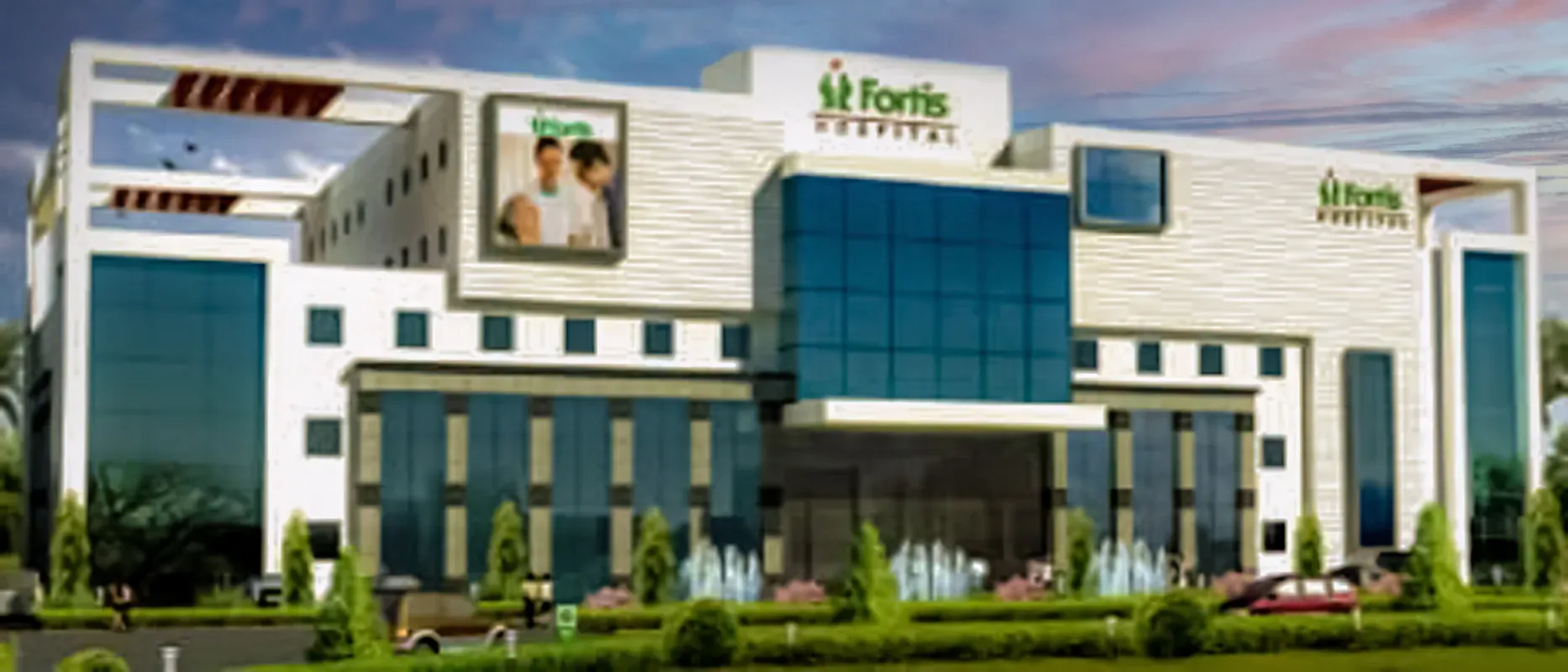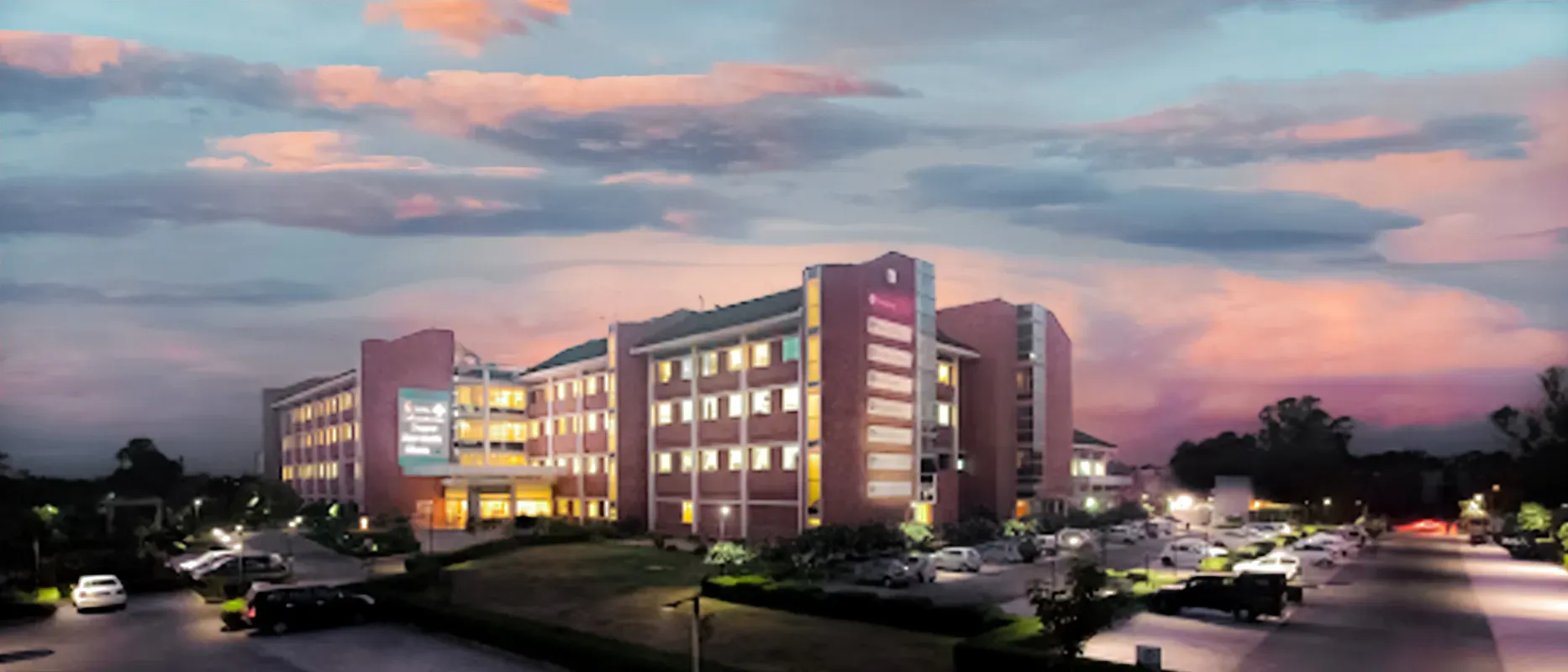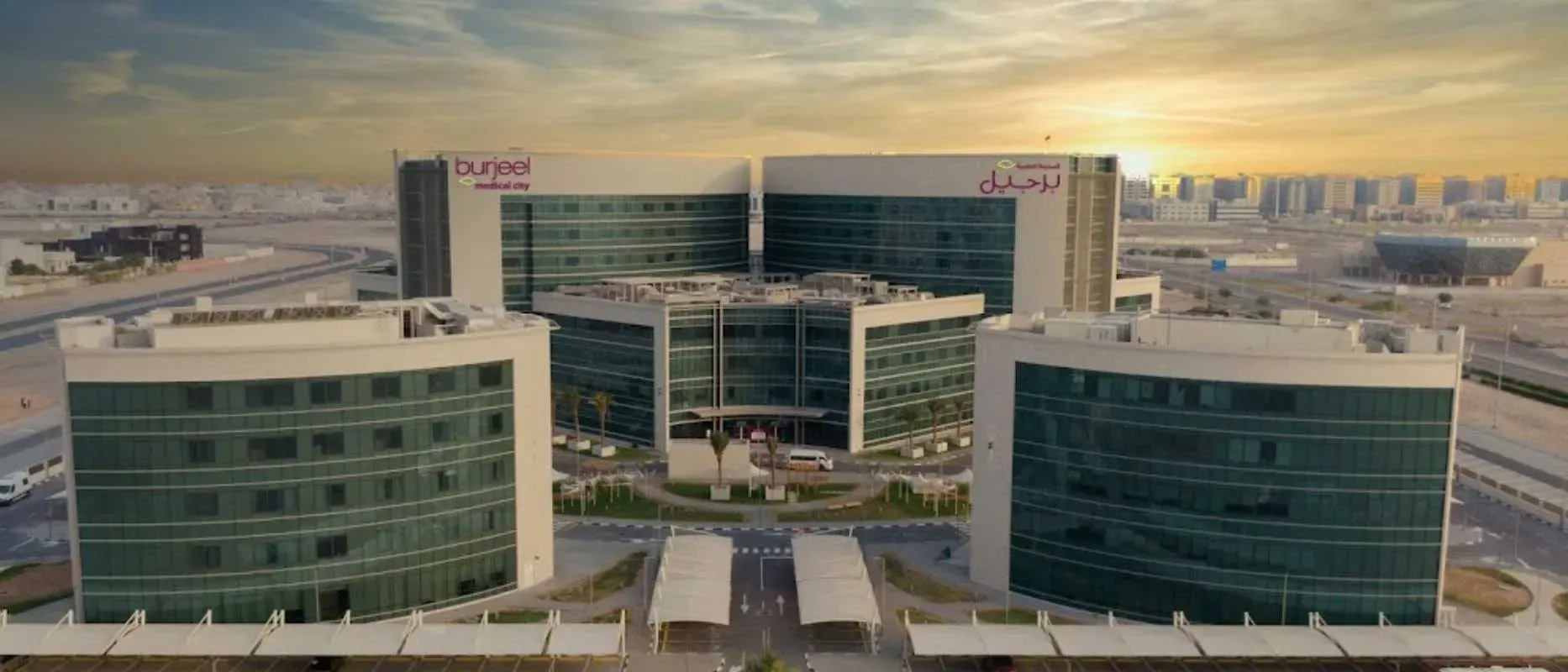Overview of Spinal Cord Surgery Treatment India
Spinal cord surgery is performed to treat some conditions that affect the spinal cord. It is performed when the spinal cord becomes injured badly, or becomes damaged due to underlying diseased condition. Spinal cord is the important part of the human body which helps in receiving and sending messages between brain and body. For example, when we touch something very hot our brain sends a message to our hand and warns us of the damage it can cause. This is only possible due to the spinal cord which helps in the system of conveying information to and from the body. When the spinal cord becomes damaged, it results in loss of important functioning and symptoms of pain and can even lead to life threatening conditions. The spinal cord surgery is performed to restore the functioning, reduce the symptoms of persistent pain and improve the overall quality of life. Almost 30-40% of spinal cord surgeries are not successful because it is the major surgery and highly skilled techniques are required to perform spinal cord surgery. The recovery after the spinal cord surgery treatment also depends on the general health of an individual patient and the stage of the disease before surgery. It is said that when the spinal cord becomes compressed due to any reason, spinal cord surgery should be performed within 24 hours after diagnosis to prevent any permanent or irreversible damage.
Types of Spinal Cord Surgery Treatment India
There are some types of spinal cord surgery and each type can be performed in certain situations:
- Decompression surgery
- Epidural stimulation
- Spinal fusion
- Disc replacement
- Spinal tumor surgery
- Kyphoplasty
Decompression Surgery
This surgical procedure helps in relieving pressure on the spinal cord and nerves. It is typically performed for conditions like herniated discs, spinal stenosis, or tumors. The surgeon removes the structures that are compressing the spinal cord which improves the nerve function and provides symptom relief.
Epidural Stimulation
Epidural stimulation treatment is a surgical procedure which is used for individuals with spinal cord injuries. During this procedure, a spinal cord stimulator device is implanted into the space between the layers of the spinal cord. The stimulator generates electrical impulses and helps to activate the spinal cord and restore or improve lost functions that may have been impaired due to the injury.
Spinal Fusion
In this type of surgery, the spinal column fused together to provide stability to the spinal cord. It is used to correct spinal deformities and disc herniation. After the spinal fusion, the spine becomes stable but allows limited motion.
Disc Replacement
This surgical procedure involves replacing a damaged or degenerated vertebral disc with an artificial implant. It serves as an alternative to spinal fusion, aiming to restore normal motion and function while reducing pain.
Spinal Tumor Surgery
When the tumors form in the spinal cord, the tumor and some part of healthy tissue is removed. The tumors can also be removed by radiation therapy.
Kyphoplasty/Vertebroplasty
These minimally invasive procedures address vertebral compression fractures caused by osteoporosis or trauma. Vertebroplasty involves injecting bone cement into the fractured vertebra, while kyphoplasty utilizes a balloon-like device to create space before the cement is injected. These procedures stabilize the spine, reduce pain, and also restores the height of vertebra.
Diagnosis of Spinal Cord Surgery Treatment India
The diagnostic process for spinal cord surgery usually involves a detailed assessment and evaluation of the patient. It includes:
- Medical history
- Physical examination
- Imaging studies like X-rays, MRIs, or CT scans.
These diagnostic processes can help in identifying the underlying cause of the spinal problem.
Cost of Spinal Cord Surgery Treatment in India
The cost of spinal cord surgery treatment in India is much less than other developed countries. Indian healthcare professionals offer skillful procedures to their citizens within very low cost possible. However, the cost may vary from individual to individual, hospital to hospital and city to city. It can also vary according to skills of surgeons and complications during proce x dure.
Minimum to maximum Cost of spinal cord surgery in India:
| Treatment Costs in India |
Min in USD |
Max in USD |
| Minimum Cost of Spinal Cord Surgery |
5000 USD |
7000 USD |
| Average Cost of Spinal Cord Surgery |
6000 USD |
8000 USD |
| Maximum Cost of Spinal Cord Surgery |
20000 USD |
35000 USD |
Symptoms and Risk factors
Patients usually complain about the following symptoms that can be managed by spinal cord surgery treatment. These are:
- Severe and persistent back pain
- Progressive or severe neck pain
- Numbness or weakness in the arms or legs
- Loss of bowel or bladder control
- Difficulty walking or maintaining balance
- Radiating pain or numbness that extends into the arms or legs
- Muscle weakness or atrophy
- Loss of sensation in the arms or legs
- Inability to perform daily activities due to spinal pain or neurological symptoms
- Spinal instability or deformities, such as severe scoliosis
- Spinal cord compression due to herniated discs, spinal stenosis, or tumors
- Failed conservative treatments (such as physical therapy, medication, or injections) to eliminate the spinal symptoms.
Indications of Spinal Cord Surgery
Here's a list of conditions that may indicate the need for spinal cord surgery.
- Herniated Disc
- Spinal Stenosis
- Spinal Tumors
- Spinal Fractures
- Spinal Infections
- Degenerative Disc Disease
- Scoliosis
- Spinal Cord Compression
- Spinal Cord Trauma
Risk Factors of Spinal Cord Surgery
Infection
The risk of infection is almost always present in any type of open surgery. The spinal cord surgery also has the risk of developing infection. The use of medications for infection prevention helps minimize this risk.
Bleeding
There is a risk of bleeding during and after the procedure. In some cases, bleeding may occur after closure and the blood transfusion is required.
Nerve or Spinal Cord Damage
There is a risk of injury to nerves in the surrounding or the spinal cord during the procedure. This can lead to weakness, numbness, or even paralysis of the lower legs.
Failed Back Surgery Syndrome
In some cases, despite surgical intervention, the patient's symptoms may persist or return after a period of relief. This condition is known as failed back surgery syndrome and may require further treatment or revision surgery.
Spinal Fluid Leak
The protective covering around the spinal cord, called the dura, can be inadvertently punctured during surgery, resulting in a spinal fluid leak. This can lead to headaches, infection, or require further intervention to repair
Allergic Reactions
Some individuals may have allergic reactions to materials used in the artificial disc or surgical implants.
Failure to find Problem
In some cases, minimally invasive spine surgery procedures may not fully find the underlying spinal condition or may require open spinal surgery in the future.
Blood Clots
Prolonged immobility during and after surgery can increase the risk of blood clots in the legs or lungs. Early mobility, and blood-thinning medications are used to prevent the blood clot formation.
Top Hospitals for Spinal Cord Surgery in India
Shaping the future of the healthcare institution and establishing the path to accomplishment.
Kokilaben Dhirubhai Ambani Hospital and Medical Research Institute Mumbai,India
Book Appointment
Top Doctors for Spinal Cord Surgery in India
Empower your Health with the Expertise of Leading Medical Professionals.
Dr. Boby Varkey Maramattom
Department of Neurology
Senior Consultant
Book Appointment
Treatment Costs for Spinal Cord Surgery
Be the change and be an opportunist in transforming healthcare.
How it's Works
Guiding your Journey from Discovery to Treatment Planning and Beyond.
Discovery
Get a consultation to discover about your treatment
Pre-Treatment
Admission to the best hospital and all pre-treatment facilities
Post Treatment
Get post-treatment follow-up care with medicine fulfillment
Treatment Planning
Hassle-free treatment planning with package & cost estimations
in-treatment
world-class quality procedures and equipment for treatment


























